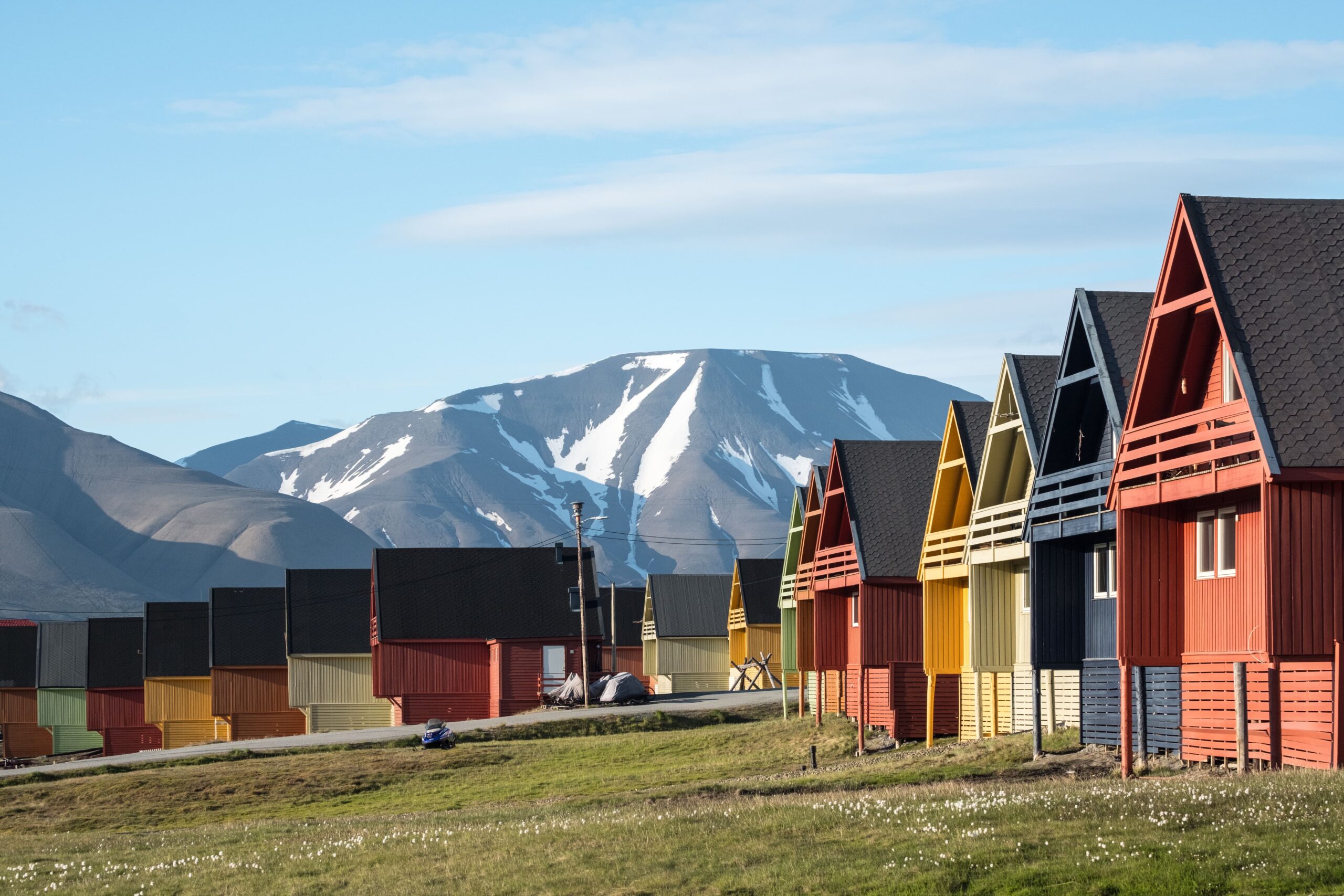Svalbard's Extractive Economy: Past, Present, Future

Svalbard is a center for regional resource extraction, tourism, and science, and a zone of transnational cooperation and competition. Its unique legal status makes it a perfect case study to look at the environmental impact of transnational activities and security concerns. Photo: Frode Bjorshol
Since Svalbard’s discovery in 1596, Norwegian, Swedish, Dutch, German, British, American, and Russian actors have competed for resources and influence in the area, partaking in whaling, fishing, hunting and trapping, and later, coal mining, scientific exploration, and tourism. Previously considered terra nullius, the islands were placed under Norwegian jurisdiction following the Svalbard Treaty in 1920. At the same time, nationals of other signatory states were granted the right to carry out activities there on equal footing as the Norwegians. Today, because of the treaty, Russian coal mines still operate on the Norwegian islands and several hundred Russians and Ukrainians live and work in the town of Barentsburg, which historically belonged to the Soviet Union. More than a dozen countries run scientific research bases on the archipelago. Longyearbyen, the administrative and touristic capital on the islands, has a population of about 2,500, more than half of which is non-Norwegian. It is also home to the world’s northernmost university, where half of the students and faculty alike are foreign. Svalbard’s transnational legacy, unfolding along extractive, scientific and touristic activities over centuries, is woven into the very name of its main settlement. Indeed, the eponym of Longyearbyen is John Longyear, an American businessman who first traveled to Svalbard as a tourist in 1901 and proceeded to open some of the first coal mines there, eventually becoming a pivotal player in Norway’s acquisition of the islands.
The history of Svalbard is most often discussed in the context of binary Norwegian-Russian rivalry and geopolitics in the Barents Sea region, which is understandably hard to ignore, considering that the world’s northernmost Lenin statue can be found on the islands, and that at one point there were more than two times more Soviet citizens on Svalbard than Norwegians. Yet the history of Svalbard is an international history as well, and the reality of the situation there is far more nuanced than just a rivalry between two states. In the centuries prior to the Svalbard Treaty’s creation, Svalbard was considered a no-man’s land, and was the site of intense international competition for resources between close to a dozen states. Contrary to many accounts, affairs on Svalbard were not all about geopolitics. Resources have always played a major role in attracting actors to the region, and continue to do so to this day.
The following report was produced as part of the SVALFISH project which is run in partnership between the Fridtjof Nansen Institute and The Arctic Institute, and strives to examine the transformation of Svalbard from a primarily mining-focused region to a modern and economically diverse archipelago in the High North. The report highlights the most important moments in Svalbard’s modern history and shows that affairs on the archipelago were, and still are, more than a geopolitical rivalry between Norway and Russia. Further, it aims to provide nuance to current debates about the role of politics and resources on the archipelago.
Due to the conditions of the Svalbard Treaty, local level politics on Svalbard have always had massive implications for broader diplomatic processes at the macro level, pulling the islands into the realm of global affairs. Today, Svalbard’s cosmopolitan nature echoes an international identity of centuries past and presents new challenges for asserting Norwegian legitimacy in this region of the Arctic. Svalbard is also an epicenter of the climate emergency, as the islands have warmed four degrees Celsius since 1970. As we enter the second century of the Svalbard Treaty’s existence, it is now more important than ever to consider the international actors who have historically been involved on Svalbard and continue to be invested in its affairs to this day.
Alina Bykova is a Senior Associate at The Arctic Institute.